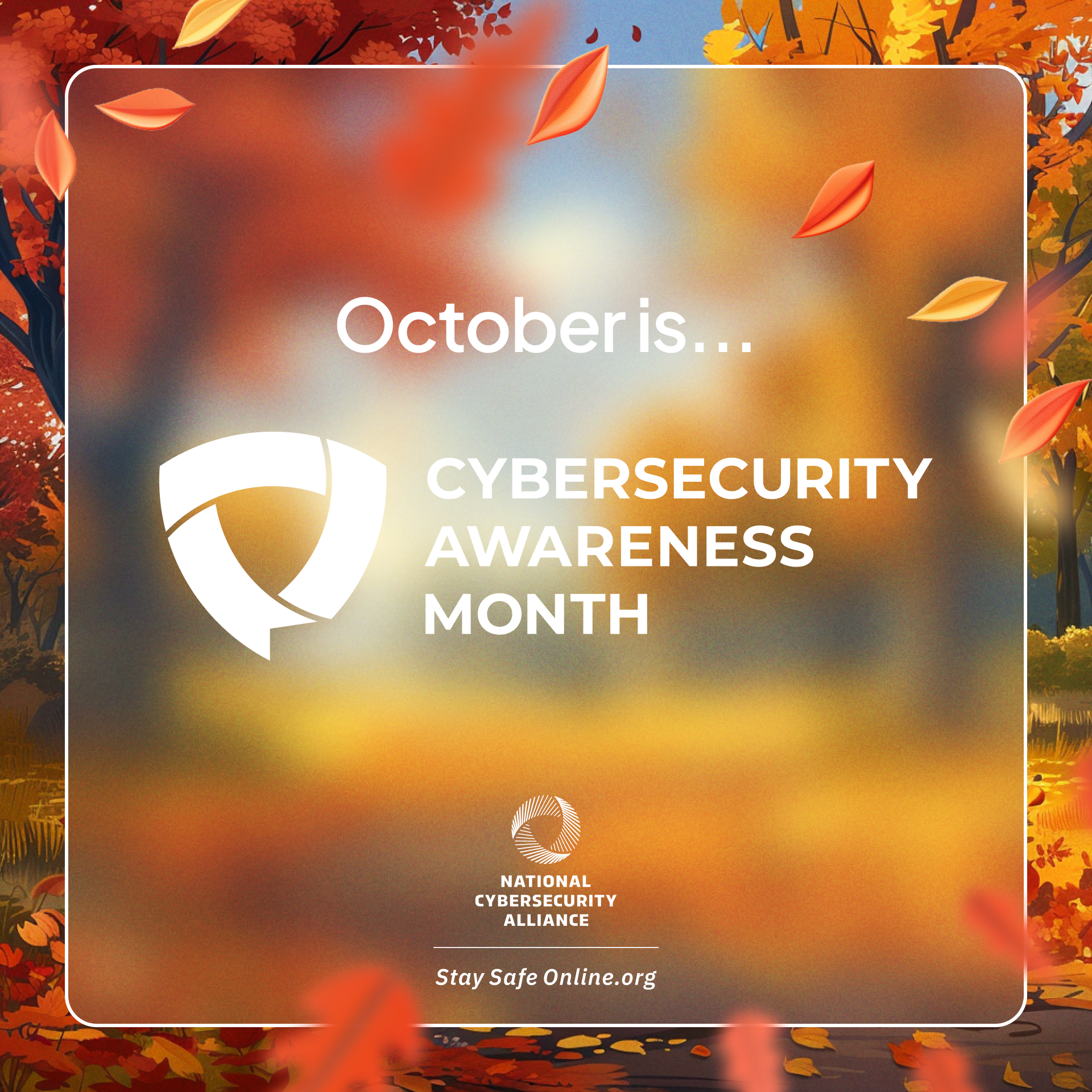Securing Higher Education: The Importance of CMMC Compliance
Higher education institutions performing research and other partnerships with Federal Government agencies are relied upon for insights and advancements but also for their ability to secure sensitive data associated with this work. For over a decade the Federal Government has relied upon contractual agreements and self-assessments to confirm that strict cybersecurity controls were in place. However, such self-assessments have proven inadequate and have resulted in weak security controls, sensitive information leakage, and even lawsuits charging false claims against universities for failure to implement contractual obligations.
Enter the Cybersecurity Maturity Model Certification (CMMC)—a framework designed to ensure robust cybersecurity practices and independent review of their implementation across the supply chain. For higher education institutions, understanding and implementing CMMC is not just a matter of compliance but a necessity for long-term success.
The Importance of CMMC
Higher education institutions often serve as hubs for federally funded research and development. These projects frequently involve sensitive information that must be safeguarded from malicious actors. Understanding CMMC and its implications on higher education is crucial for several reasons:
- Critical Deadline: December 16, 2024
On this date, the final rule for CMMC went into effect, making compliance mandatory for any organization handling controlled unclassified information (CUI) or pursuing Department of Defense (DoD) contracts. For higher education institutions, this deadline solidifies the importance of aligning with CMMC to maintain eligibility for government research grants and contracts. - Protecting Federal Research and Contracts: Many universities conduct research funded by the DoD. CMMC compliance ensures they remain eligible for these critical projects.
- Building Trust with Stakeholders: Compliance with CMMC demonstrates a commitment to safeguarding data, fostering trust with government agencies, private sector partners, and the broader academic community.
- Reducing Cyber Risks: Universities are prime targets for ransomware, intellectual property theft, and espionage. CMMC provides a structured approach to mitigate these risks.
Why It Is Important
The higher education sector is no stranger to cyberattacks. From ransomware to phishing schemes, the threats are constant and evolving. For institutions managing sensitive government contracts, the stakes are even higher. Non-compliance with CMMC after December 16, 2024 can result in:
- Loss of Funding: Failure to meet CMMC standards could lead to the loss of lucrative research contracts and grants.
- Reputation Damage: A cybersecurity breach can erode trust and damage an institution’s reputation, affecting enrollment and partnerships.
- Increased Liability: Universities that fail to secure sensitive data may face legal and financial repercussions.
What Higher Education Institutions Can Do
So, how can your institution prepare for CMMC compliance? Here’s a roadmap to get started:
- Train Your Workforce - Ensure that your organization fully understands how to recognize areas that need to be secured, the CMMC requirements, and how to get started.
- Complete a CMMC Readiness Assessment - Work with a CMMC expert to identify your sensitive data (FCI and CUI), inventory assets, create network and data flow diagrams, and limit assessment scope through architecture.
- Complete a CMMC Self-Assessment - Assess each of the control requirements against your implementation. Determine remediation measures.
- Implement Missing Critical Controls
- Access Management: Ensure that only authorized personnel can access sensitive systems.
- Multi-Factor Authentication (MFA): Add an extra layer of security to user accounts.
- Data Encryption: Protect data at rest and in transit with encryption protocols.
- CMMC
- -
- specific Documentation
- : policies (e.g., access control, awareness and training), Plans (e.g., System Security Plans, Incident Response Plan, Contingency Plan), and other documents (e.g,., list of authorized users, facility diagram, risk mitigation procedures).
- Engage the appropriate Professional (e.g., for Level 2 a Certified Third-Party Assessment Organization (C3PAO) to perform a CMMC certification assessment.
Conclusion
The December 16, 2024, CMMC deadline underscores the urgency of preparing now. Compliance is more than a regulatory requirement—it’s a commitment to safeguarding the future of higher education. By taking proactive steps to secure systems and data, universities can protect their research, reputation, and partnerships. Don’t wait for a cyber incident to take action. Start your CMMC journey today and ensure your institution is prepared for the challenges ahead.



